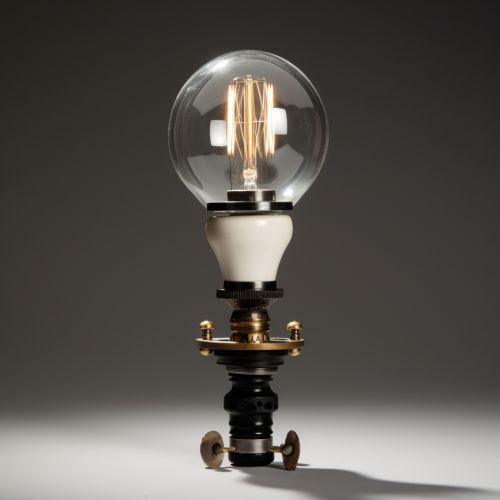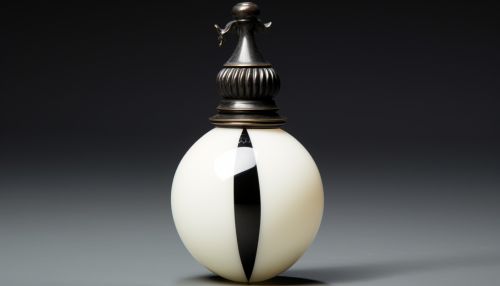Light mill
Introduction
The Crookes radiometer, also known as a light mill, is a fascinating scientific instrument that was invented by Sir William Crookes in the year 1873. It is a device that spins on its axis when exposed to light, providing a visual demonstration of the conversion of light energy into mechanical energy. Despite its seemingly simple design, the underlying principles of its operation involve complex physics, including thermodynamics, radiation pressure, and the kinetic theory of gases.


Construction and Design
A typical light mill consists of a glass bulb, which contains a partial vacuum. Inside the bulb, a lightweight wheel or rotor is mounted on a spindle. The rotor has several (usually four) vanes or blades, each of which is blackened on one side and white or silvered on the other. The vanes are arranged so that they rotate freely when light, or other forms of radiant energy, strike them.
Operation
The operation of a light mill is often mistakenly attributed to the radiation pressure of light. This was the initial explanation proposed by Sir William Crookes. However, the actual mechanism is a bit more complex and involves the principles of thermodynamics and the kinetic theory of gases.
When light strikes the vanes, the black side absorbs the light while the white side reflects it. This causes the black side to heat up more than the white side. The air molecules near the black side of the vane gain kinetic energy and move faster. As per the kinetic theory of gases, these faster-moving molecules exert more pressure on the black side than the slower molecules exert on the white side. This difference in pressure causes the vanes to spin, with the white side always leading.
Misconceptions and Corrective Explanations
The operation of the light mill was initially attributed to the radiation pressure of light. However, this explanation was soon found to be incorrect. The radiation pressure exerted by light is indeed real, but it is far too weak to move the vanes of a light mill. If radiation pressure were the cause, the mill would spin in the opposite direction, with the black side leading because the black side would absorb more momentum from the light.
The correct explanation, involving the heating of air molecules, was first proposed by Osborne Reynolds in 1879. This explanation, known as the thermal transpiration or thermomolecular pressure difference, is now widely accepted.
Applications
While the light mill is primarily seen as a novelty item or a physics demonstration tool, it has some practical applications as well. It can be used as a simple, albeit not very accurate, light meter. By observing the speed of rotation, one can get a rough estimate of the intensity of the light. It can also serve as a basic heat engine, demonstrating the conversion of light energy into mechanical energy.
